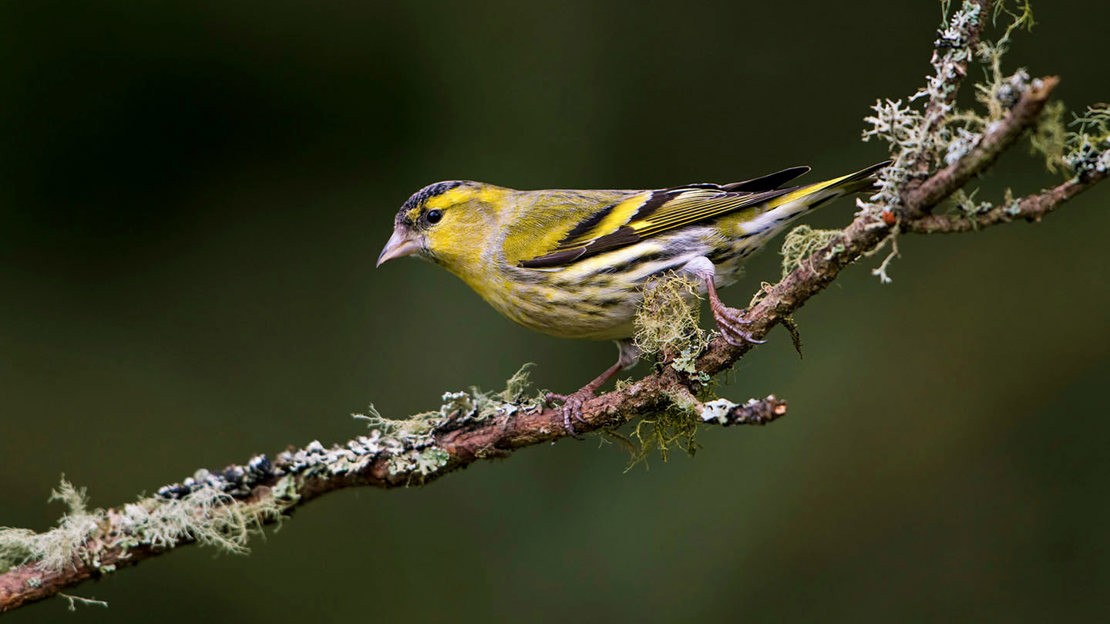Common names: siskin, European siskin, common siskin
Scientific name: Spinus spinus
Family: Fringillidae (finches)
Habitat: mixed and coniferous woodland
Diet: tree seeds and insects
Predators: sparrowhawks take adults; chicks and eggs are vulnerable to a range of predators
Origin: native









